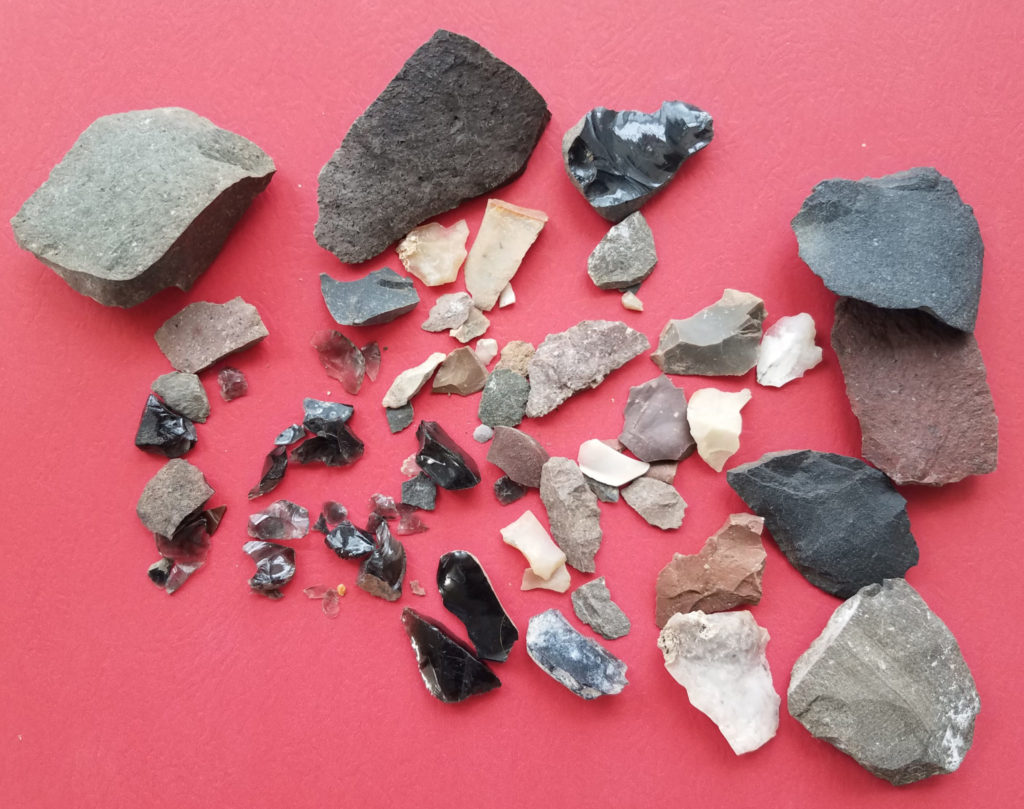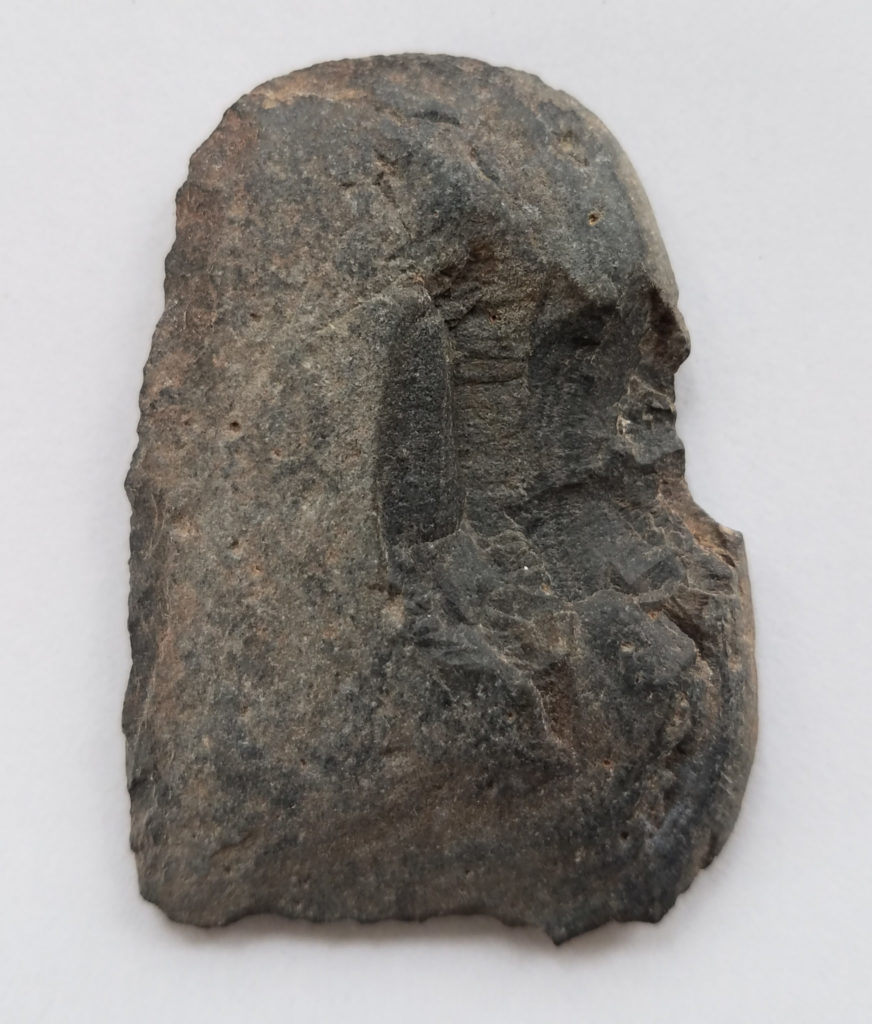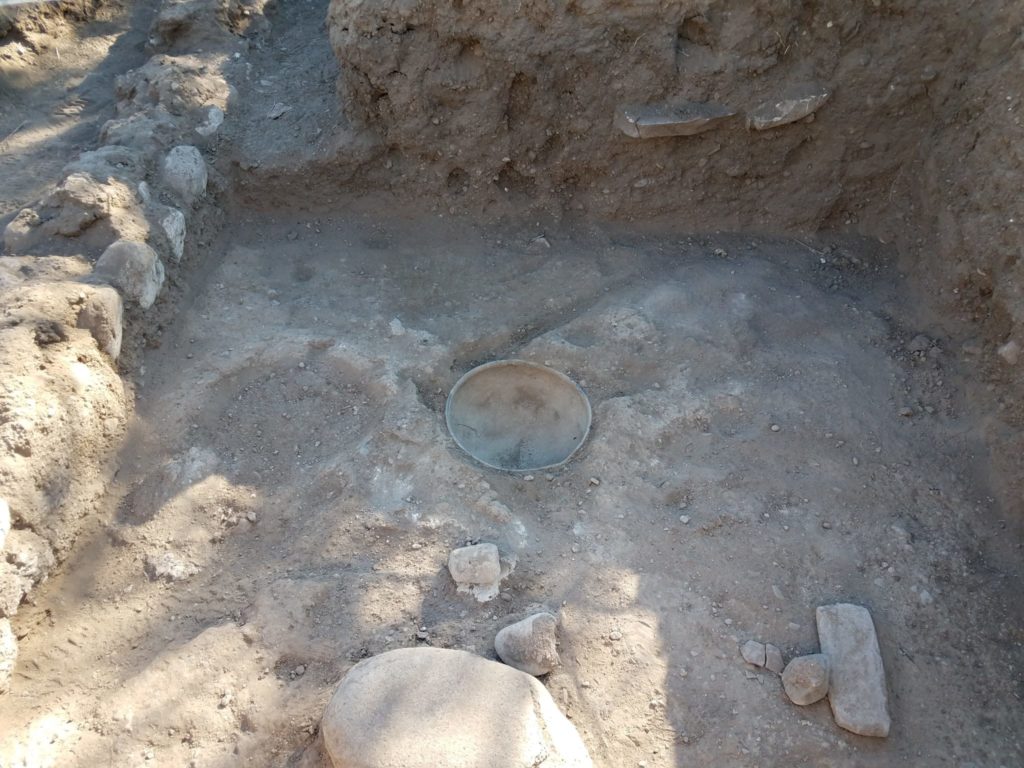- Home
- >
- Preservation Archaeology Blog
- >
- Women’s Work

“Women’s bipolar lithic technology may look simple, but it is complex and sophisticated, requiring continual decision making and intensive learning and practice.” Kathryn Weedman Arthur discussing present-day toolmakers, in Feminine Knowledge and Skill Reconsidered: Women and Flaked Stone Tools
(March 31, 2019)—As we come to the close of Women’s History Month, it’s a good time to reflect on how woman scholars have changed how we study ancient societies. As more women became anthropologists and archaeologists, new ideas and research emerged to understand how gender, and relationships between men and women, form identities and shape culture. These viewpoints, sometimes labeled as feminist archaeology and gender archaeology, have sprouted an abundance of groundbreaking and thought-provoking work that forces us to acknowledge our biases. Margaret Conkey, Rosemary Joyce, Louise Lamphere and Alison Wylie are among the many who have made a lasting impact on how we interpret the archaeological record.
These new perspectives also brought new ways to think about flaked stone artifacts, or lithic technology. Flaked stone artifacts are made by striking a flake from a stone core with a stone hammer. A flake can be used for cutting or scraping without any additional modification (expedient tool or utilized flake), or shaped into a scraper, drill, knife, or arrow or spear point (formal tools). These tools are used for hunting and processing animals, hides, and plants.

Archaeologists have long assumed that making stone tools in the ancient past was a men’s activity. This assumption was challenged by Joan Gero, a leader in feminist archaeology, in her 1991 article “Genderlithics: Women’s Roles in Stone Tool Production.” Women, she pointed out, had a central role in domestic activities and would have sometimes needed to make their own flake tools. To find the evidence, Gero argued that archaeologists must look in women’s work spaces and consider expedient flake tools and stone debris in these spaces as possible markers of women toolmakers.
In more recent ethnographic research, Kathryn Weedman Arthur reminds us not to limit women toolmakers to only an expedient or less sophisticated technology. Her work documents a present-day group of highly skilled women hideworkers in Ethiopia who craft their own tools and share their expert knowledge with younger generations of female apprentices. These facts evoke an image entirely different from how I had once envisioned people in the past learning how work stone.

Examples, or fleeting references, of women making or using flaked stone are limited, and it is difficult to find this type of evidence in the Southwest. The ethnographic literature associatese men with stone arrows and knives, but I have not yet found a reference to women toolmakers. Anthropologist Ruth Underhill worked with the O’odham and stated that “the men made all the stone tools that were needed,”referring to women’s food-grinding tools and the stone arrow points men needed for hunting. The archaeological evidence does not provide many clues; formal stone tools found as burial items are most often associated with men, although there are a few examples of arrow points included in female burials.
Still, thinking about women and flaked stone is too compelling an idea to abandon, even if conclusive evidence is elusive. Stone artifacts from the Gila River Farm site, a fourteenth-century pueblo in southwestern New Mexico, present one opportunity to put these ideas into practice. During our three field school seasons at the site, the students uncovered spaces used for grinding corn and grains, an activity that is firmly associated with women in the Southwest. When we look at the artifacts from these spaces, we might ask: Is the flaked stone from these areas different from other rooms? What types of tools are present, and how might they have been used?

This is not to say that differences found in a single analysis definitively associate women with lithic technology; it is never that simple. But I can stay open to possibilities and shed my biases to try to see a broader spectrum of behaviors in a flaked stone assemblage.
If you’d like to learn more, Stacy recommends Women and Men in the Prehispanic Southwest, edited by Patricia L. Crown.